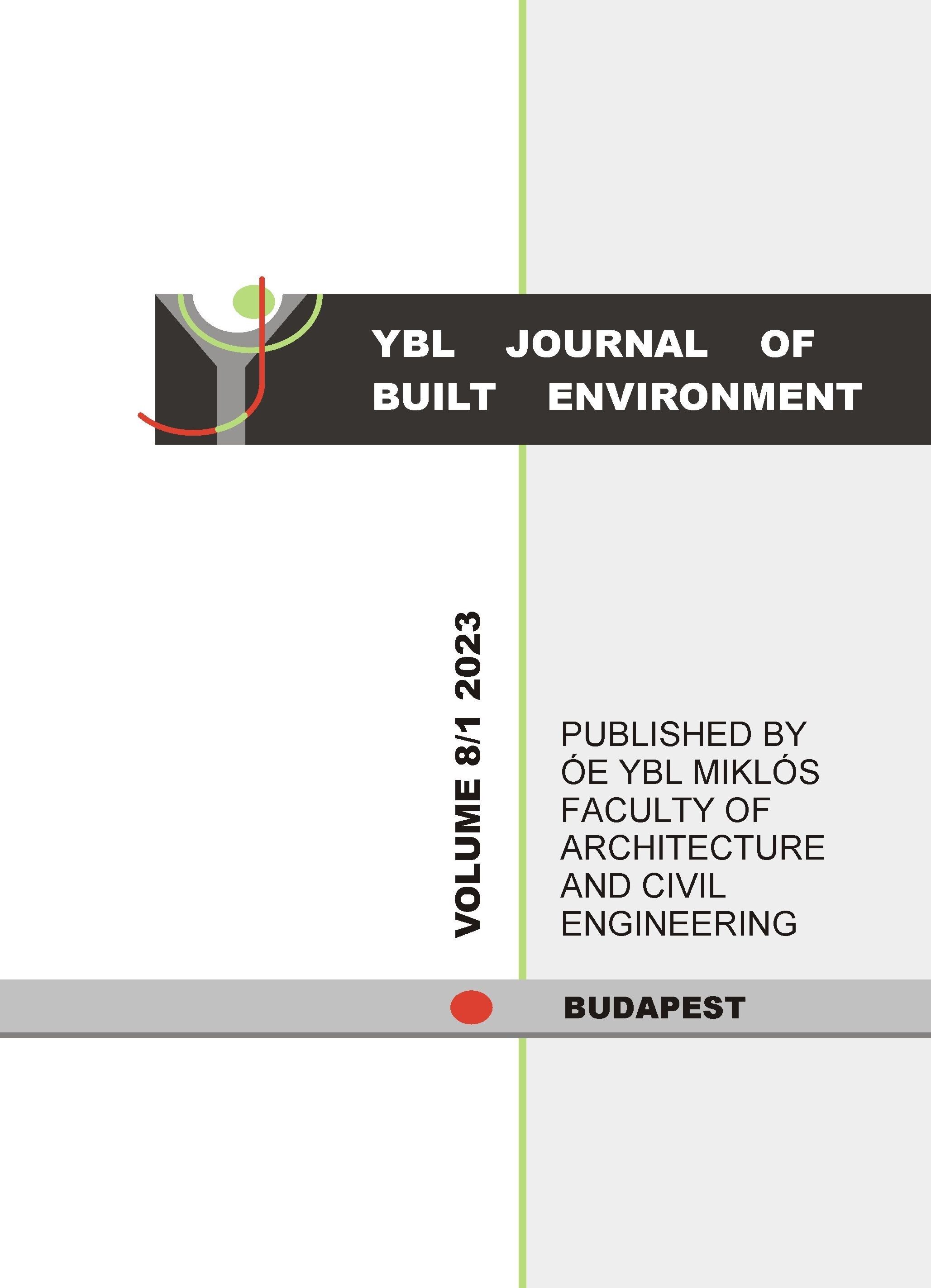Concerning Ernő Foerk’s Documentation of Historic Monuments and Applied Arts activities
Abstract
[1] He writes his surname in 1904 in this form.Search in Google Scholar
[2] István Berkeszi: The History of Book Printing and Newspaper Literature in Timisoara, Historical and Archeological Notice in Timisoara, 1899. I-II. booklet. I am grateful to Ilona Mikósik, the art historian of the Banat Museum (Muzeul Banatului) in Timisoara, who sent me the publication.Search in Google Scholar
[3] The typed text is owned by the familySearch in Google Scholar
[4] Foerk’s Diary (MÉM) entry, month 1913.Search in Google Scholar
[5] His certificates are at the BTM Kiscelli Museum.Search in Google Scholar
[6] Károly Hegedűs mechanical engineer (Szatmárnémeti 1849-Budapest 1925) graduated from the Technical University in Budapest. Between 1876 and 78 he studied industrial education in England, France, Germany and Switzerland on behalf of the government. He organized the middle school (since 1879) and the director of the Technological Industry Museum since 1884. Hungarian commercial and industrial principal director of the 1900 Paris World Expo, court advisor. Author of engineering and vocational education.Search in Google Scholar
[7] Lajos György Mátrai (Pest 1850- Budapest 1906), his main works: the tomb of Miklós Izsó in the Kerepesi cemetery, Pál Vásárhelyi (Szeged), István Széchenyi (Sopron), Károly Kisfaludy (Győr), the tombs of Gáspár Károli (Gönc)Search in Google Scholar
[8] Albert Schi ckedanz (Biala , today Bielsko-Biała-Poland 1846- Budapest 1915)Search in Google Scholar
[9] József Pucher architect (1836-1904)Search in Google Scholar
[10] Hungarian Museum of Architecture, Foerk legacySearch in Google Scholar
[11] Dr. Peter Haiko, Dr. Renata Kassal Mikula (editors): Friedrich von Schmidt (1825-1891) Ein gotischer Rationalist, Historisches Museum der Stadt Wien (exhibition catalogue) 1991Search in Google Scholar
[12] József Sisa: Imre Steindl Holnap Press, Budapest 2005 p. 13Search in Google Scholar
[13] Scmidt’s tombstone, made by Victor Luntz, reads according to his last wish: „Saxa locuuntur. Here Friedrich Schmidt, a German stonemason, rests in God.” Cat Dr. Peter Haiko, Dr. Renata Kassal-Mikula. Friedrich Schmidt. Vienna, 1991 p.79Search in Google Scholar
[14] Inv. no. 69.024.701Search in Google Scholar
[15] Inv. no. 69.024.757Search in Google Scholar
[16] Inv. no. 69.024.217Search in Google Scholar
[17] Inv. no. 69.024.339Search in Google Scholar
[18] Inv. no. 69 024.625Search in Google Scholar
[19] Inv. no. 69 207.2Search in Google Scholar
[20] Inv. no. 69.211.1Search in Google Scholar
[20] Inv. no. 20/104/25 752Search in Google Scholar
[22] Inv. no. 20/104/25753Search in Google Scholar
[23] Inv. no. 69.024.692Search in Google Scholar
[24] Inv. no. 69.228.4/2Search in Google Scholar
[25] Inv. no. ltsz.69.228. 4/1Search in Google Scholar
[26] Inv. no. 69.228. 4/5-7 dated to 1898 according to Foerk’s diary.Search in Google Scholar
[27] Inv. no. 69.228.1/6 Published in the Steindl monograph by József Sisa.Search in Google Scholar
[28] Inv. no. 69.228.1/3Search in Google Scholar
[29] in the collection of chandeliers of Parliament there is an example which uses uses Hungarian floral motifs. Dorottya Andrássy The History of Parliament’s Construction Bp. 2018. p.Search in Google Scholar
[30] Foerk’s Diary January 16, 189810.4039/Ent3016-1Search in Google Scholar
[31] Flag of the National League of War Cripples 1932.Search in Google Scholar
Downloads
Published
Issue
Section
License
Copyright (c) 2024 YBL Journal of Built Environment

This work is licensed under a Creative Commons Attribution-NonCommercial-NoDerivatives 4.0 International License.


